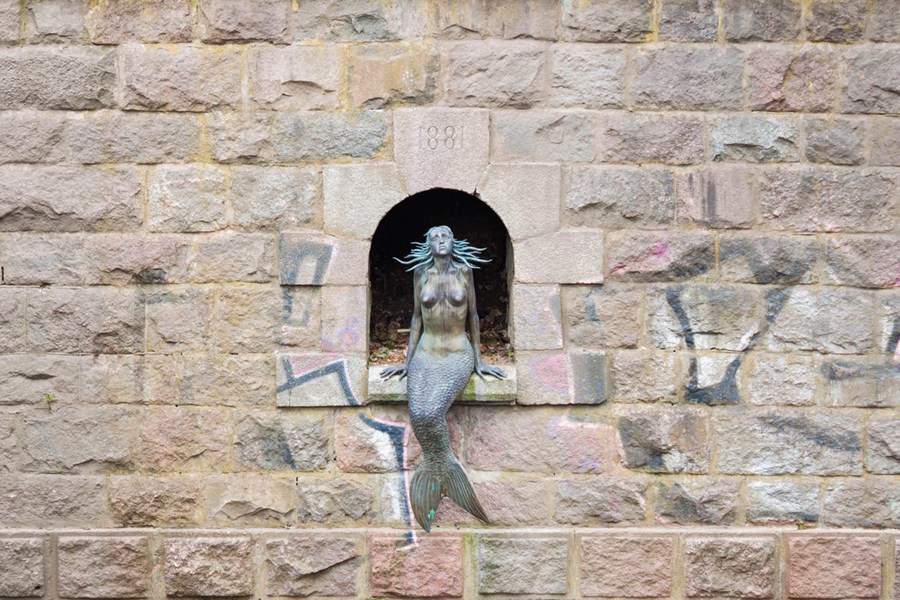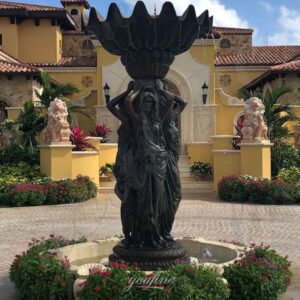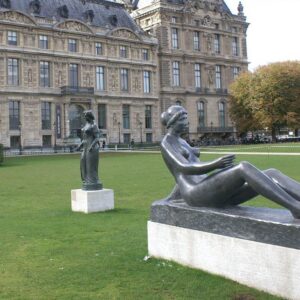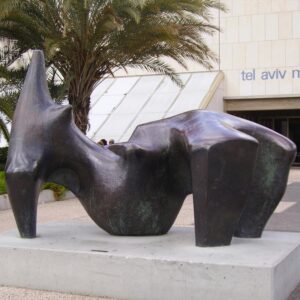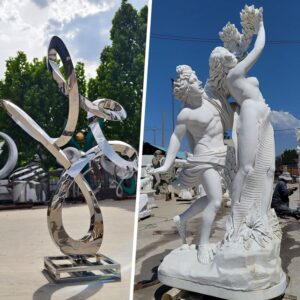“According to legend, there is a beautiful mermaid who longs for eternal soul, but unexpectedly falls in love with a prince, and gives up everything for him and even turns into a bubble in the end. ” This is a widely circulated fairy tale from the Danish writer Anderson’s fairy tale. Based on this, many bronze sculptures are created around this theme. Today, I will introduce you to 10 famous bronze mermaid statues, which may inspire your decoration projects.
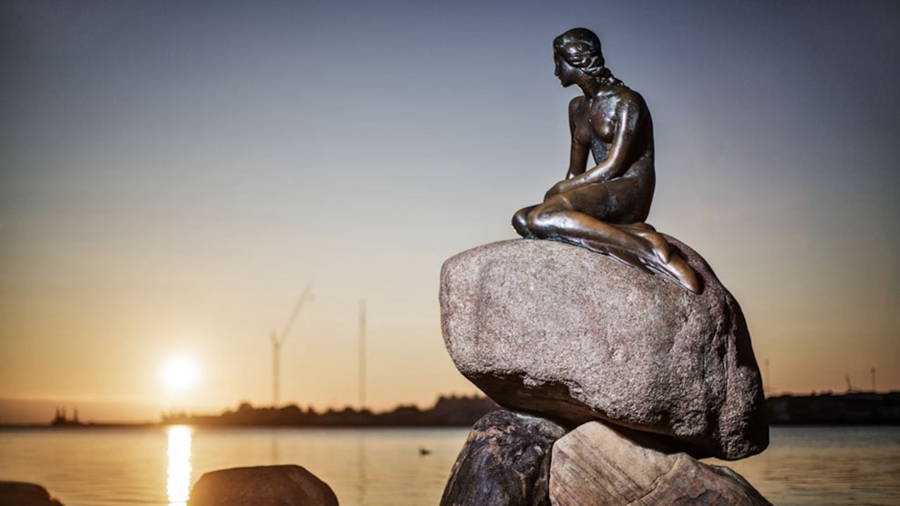
The Little Mermaid
Copenhagen, the capital of Denmark, is home to a bronze statue of the Little Mermaid that is more than a century old. It sits melancholy on a rock with a granite base on the Langelini River in the old district of Nyhavn next to the port. It has created the most photographed statue in Copenhagen. Records of attractions. The Little Mermaid is a work of art cast by renowned sculptor Edward Erickson. It is a 4-foot-tall, 175-kilogram statue.
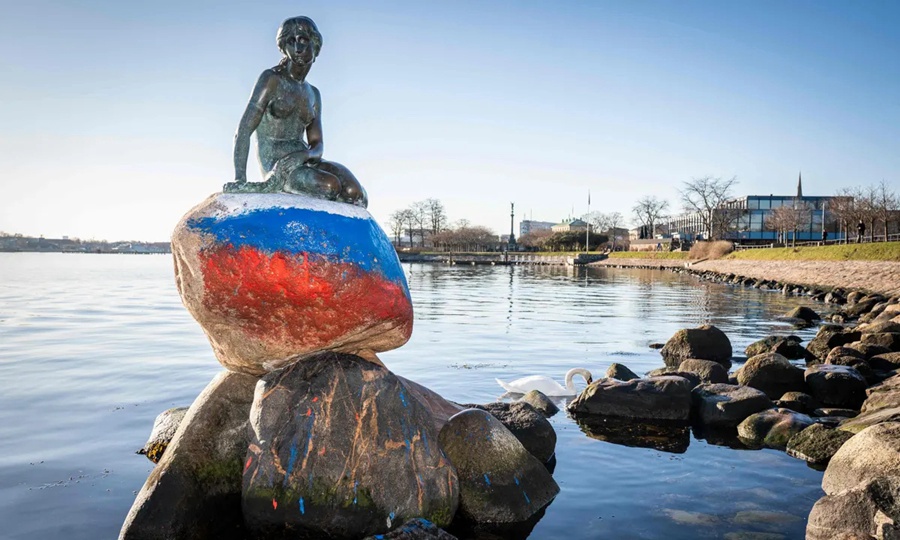
The bronze mermaid statue is petite and has two tails that resemble two legs. The Little Mermaid stares longingly into the void, not knowing what is waiting for her. She is surrounded by sadness. Different people have different interpretations. This is the charm of works of art. Many sculpture enthusiasts will buy replicas and place them in their gardens or swimming pools to add an artistic atmosphere to the space.
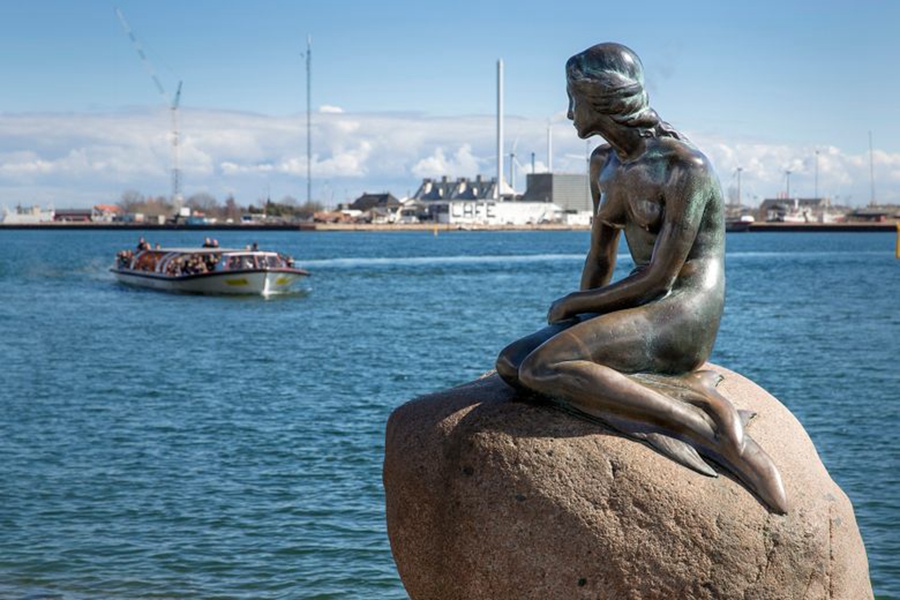
Amphitrite underwater mermaid sculpture
Have you ever seen a bronze statue hidden under the water? Yes, the second bronze mermaid statue is located in the water. British Columbia’s Sunshine Coast region is a popular recreational destination, and local divers came up with the idea of placing mermaids in the water for divers to admire. Thus, the Emerald Princess was born.
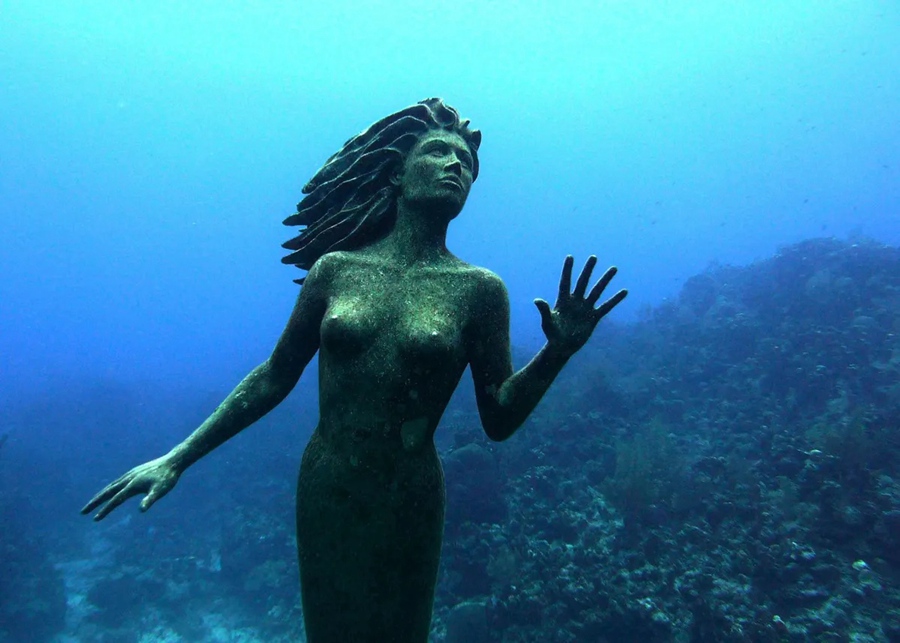
Diver and sculptor Simon Morris created the bronze mermaid, which weighs 575 pounds and stands approximately 9 feet tall, and is placed in 50 feet of water off Sunset Villa Beach in Grand Cayman.
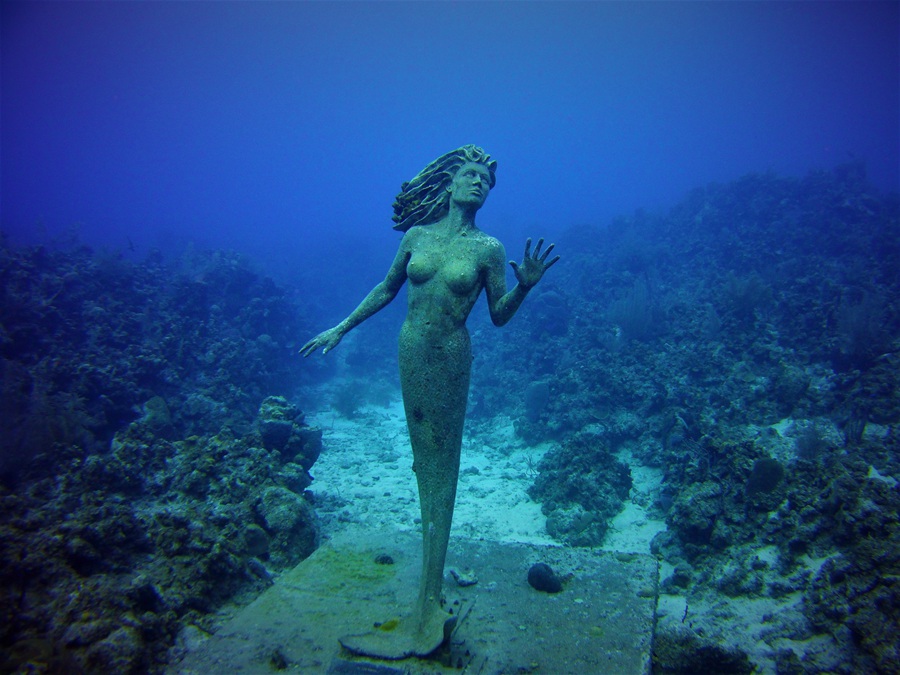
In Greek mythology, Poseidon saw Amphitrite dancing in the water and fell deeply in love with her. He proposed to her, but Amphitrite refused. Poseidon, who never gave up, found her and convinced her to marry him with the help of his loyal friend Delphine. Poseidon and Amphitrite had three children, including the mermaid-like sea god Triton. It is believed that this depiction of Triton – human from the waist up and fish below – is the source of the typical image of the mermaid in the Western world.
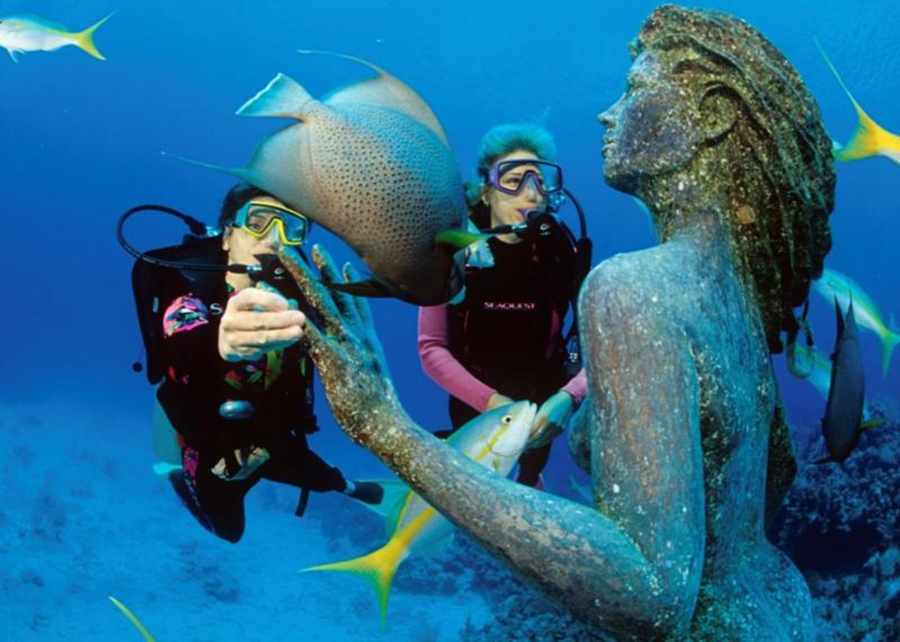
Havfrue Statue
The third bronze mermaid statue is located outside the Royal Danish Black Diamond Library in Copenhagen, Denmark. “Havfrue” means “mermaid” (or rather, “sea maiden”) in Danish. The work found on the beach outside the library is actually a 2009 copy of the original work, which was created in 1921 and is now in the National Gallery of Denmark.
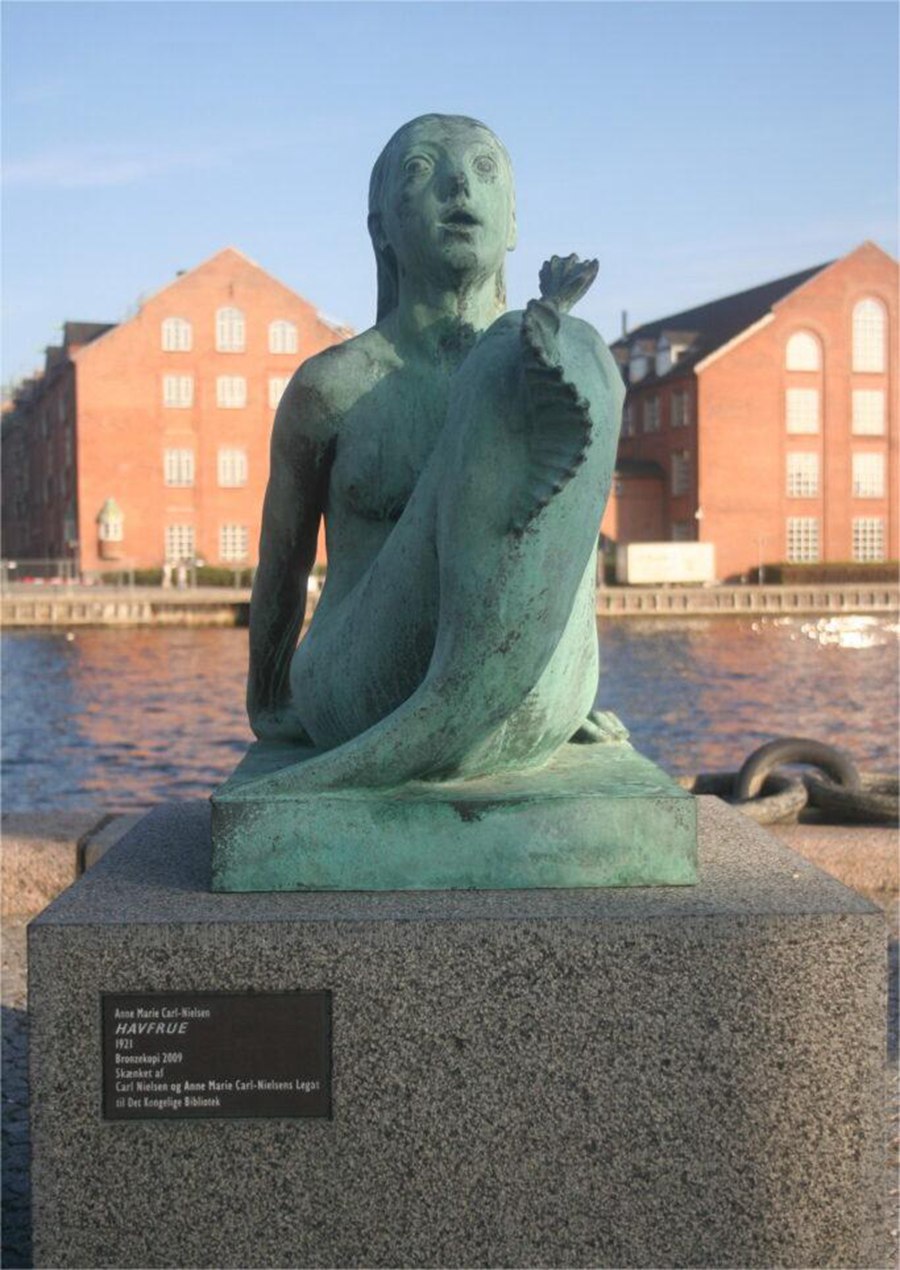
This one may be less famous than other bronze mermaid statues, but it is more expressive in conveying the mermaid’s destiny. The statue seems to show the mermaid rising from the sea, panicked, frightened, perhaps traumatized by the first breath of air.
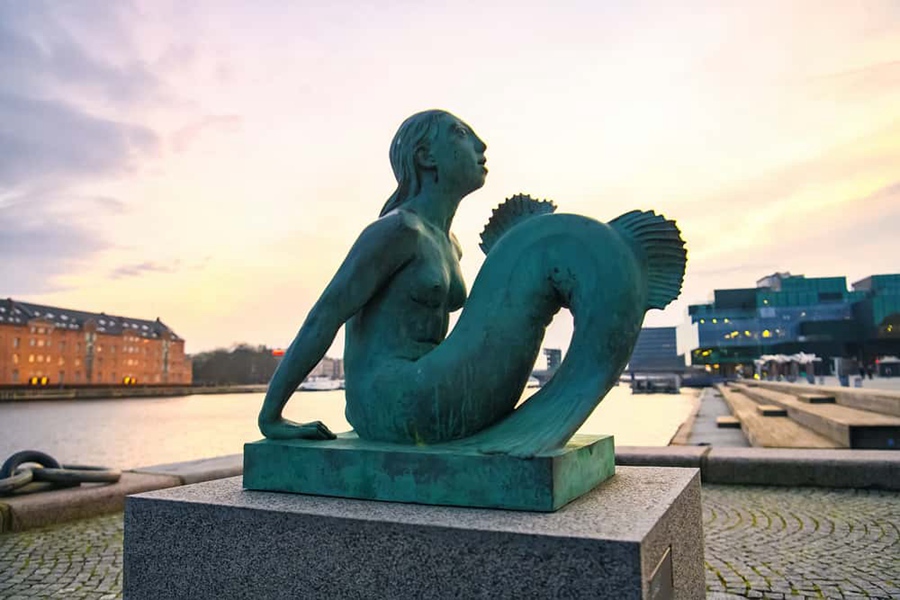
KópakonanStatue
This 9-foot-tall bronze statue of Kópakonan, created by Hans Pauli Olsen, is installed in the port of Mikladalur in Kalsoy, one of the Faroe Islands. It’s forged from bronze and stainless steel and weighs about 1,000 pounds. This bronze statue commemorates the myth about sea elves. Sea elves are a variation of the mermaid concept in Scottish, Irish, Icelandic and Faroese folklore. They live in the sea like seals, but can take off their seal skins and transform into humans on land. If their sealskin is hidden or stolen, they cannot return to the sea.
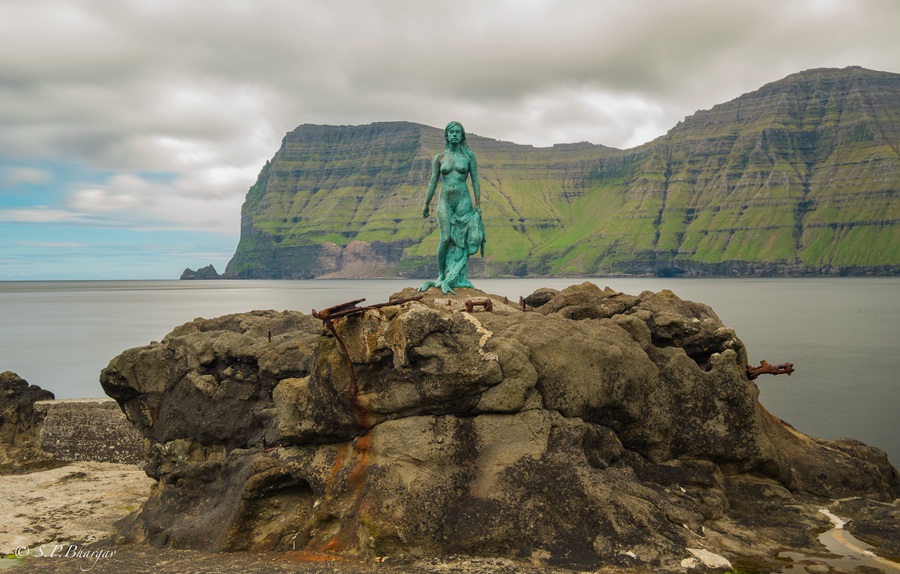
Legend has it that a fisherman on the island of Kalsoy trapped a beautiful seal and one night hid her sealskin on land. One day, however, he went fishing and she discovered her sealskin hidden in a trunk at their house. After making sure the children were cared for until the fisherman returned, she fled back to the Selky family.
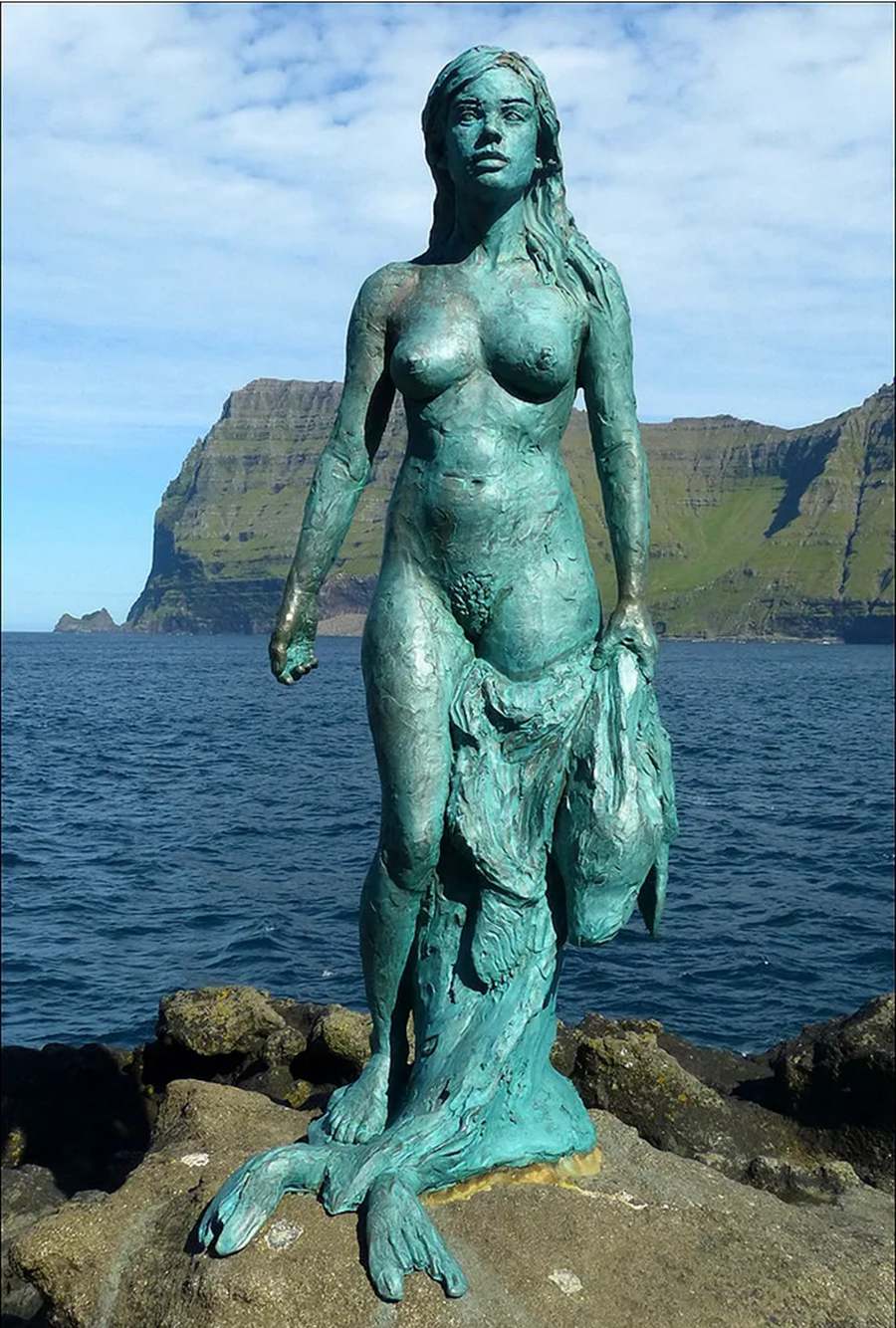
The Mermaids of Drøbak
The Drøbak Mermaid is located near Oslo, Norway and was cast in bronze by Reidar Finsrud in 1999. This is a sculpture full of energy: one of the mermaids appears to be rinsing her hair, while the other two appear to be having a lively discussion.
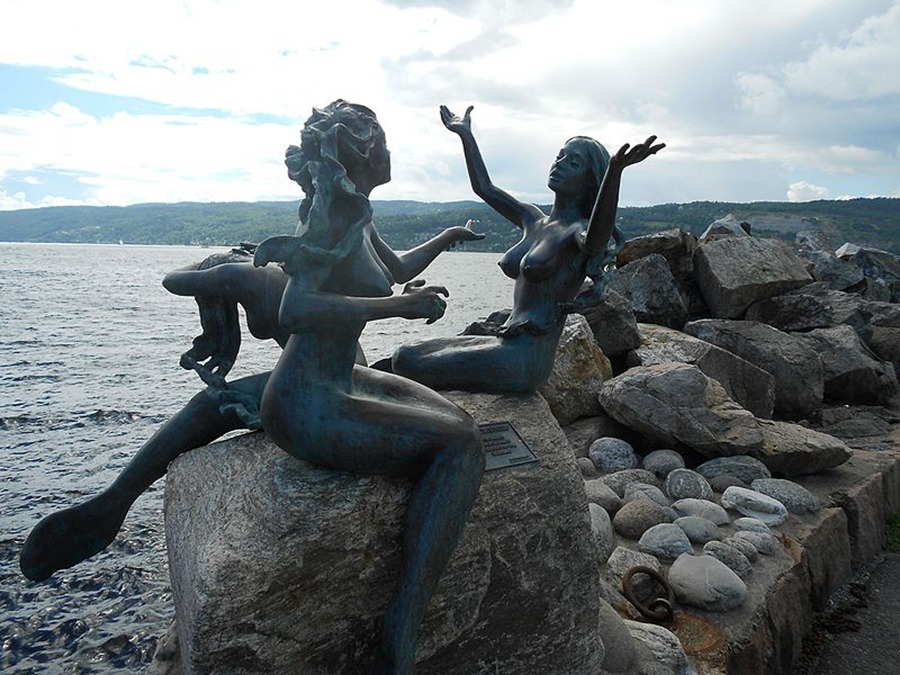
Ingeborg Lane commissioned the sculptures and donated them to the town to commemorate her time there and all the townspeople who helped and worked in her business.
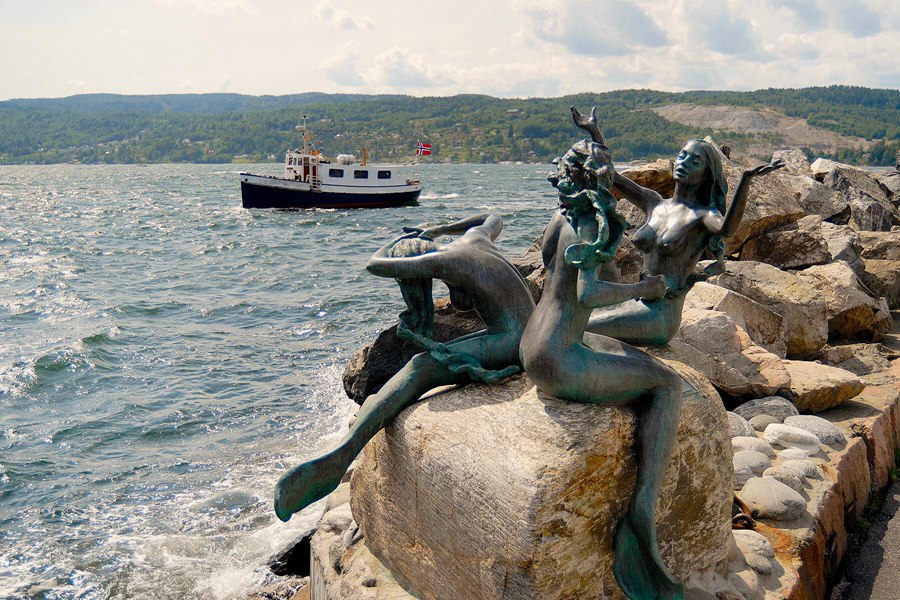
Havis Amanda Mermaid Statue
The Havis Amanda mermaid statue, or fountain, has become an icon of the city of Helsinki, located in a prime location between Esplanade Park and Market Square. Sculptor Ville Vallgren named it Merenneito, inspired by the theme of Helsinki rising from the sea.
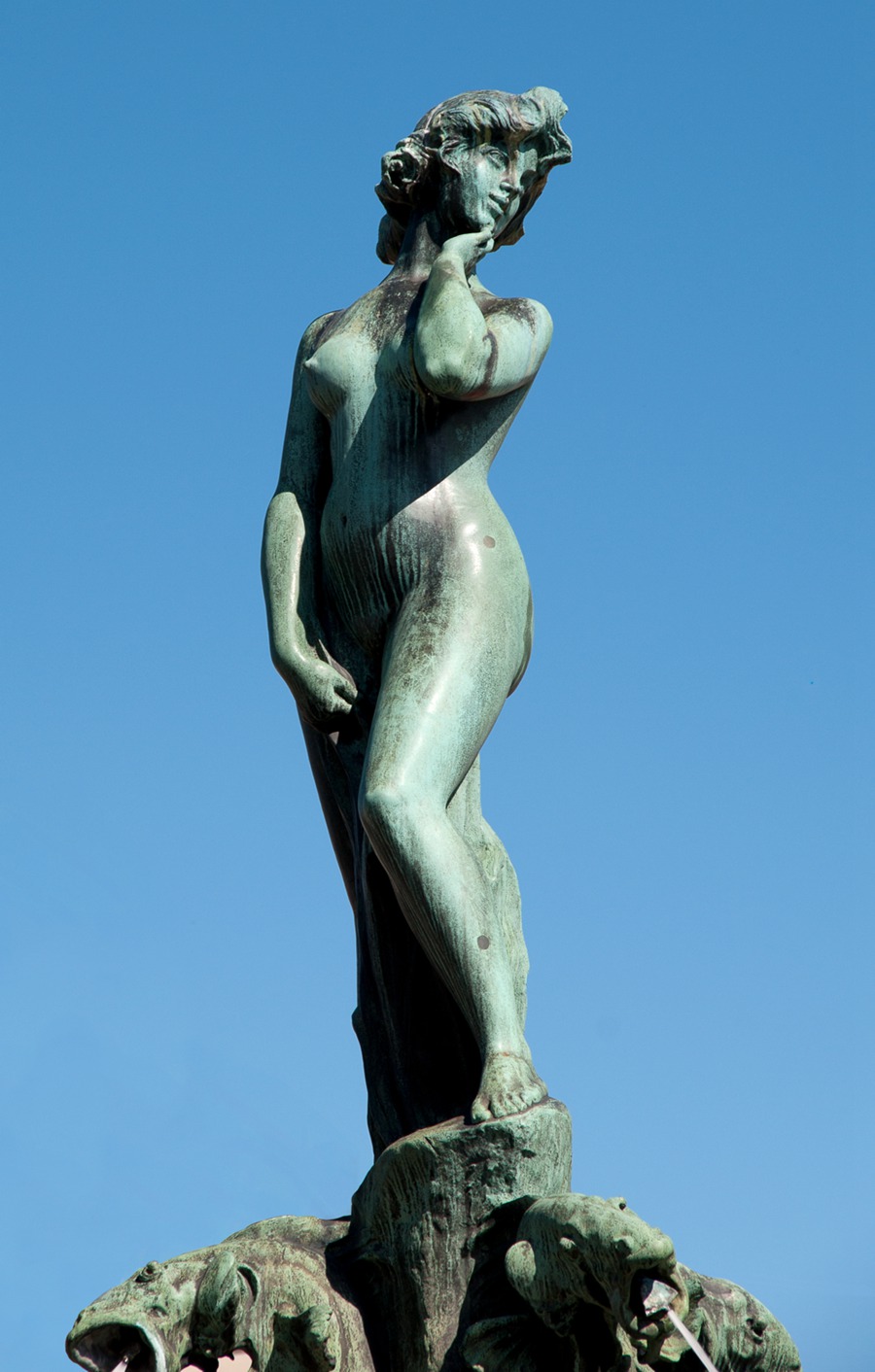
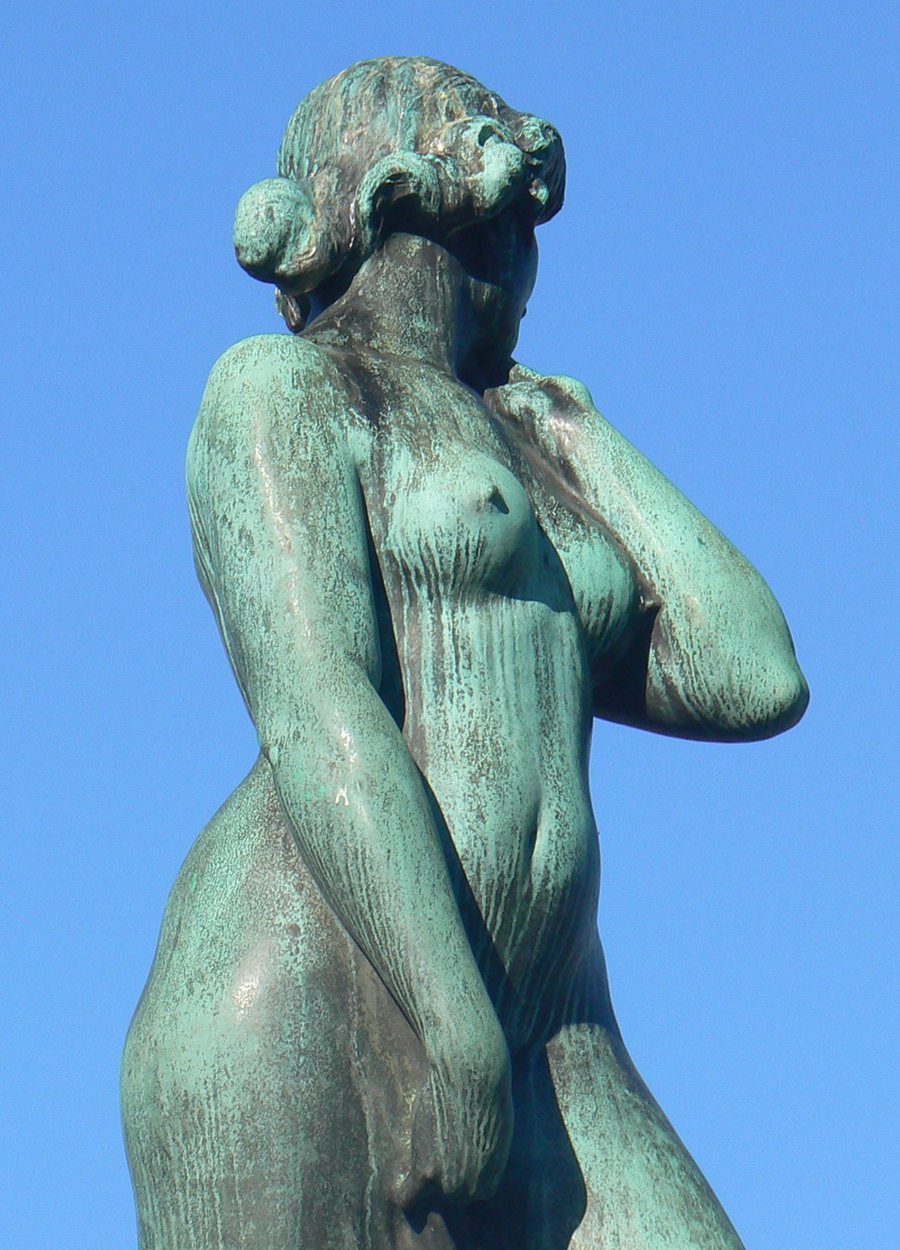
The focal point of the fountain is a copper-green mermaid, standing gracefully on top of the fountain. In addition to the mermaid at the top of the fountain, there are four sea lions and spouting fish among the swaying seaweed at Harveys Amanda’s feet. It is about 16 feet tall and stands on pink granite from Vehmaa.
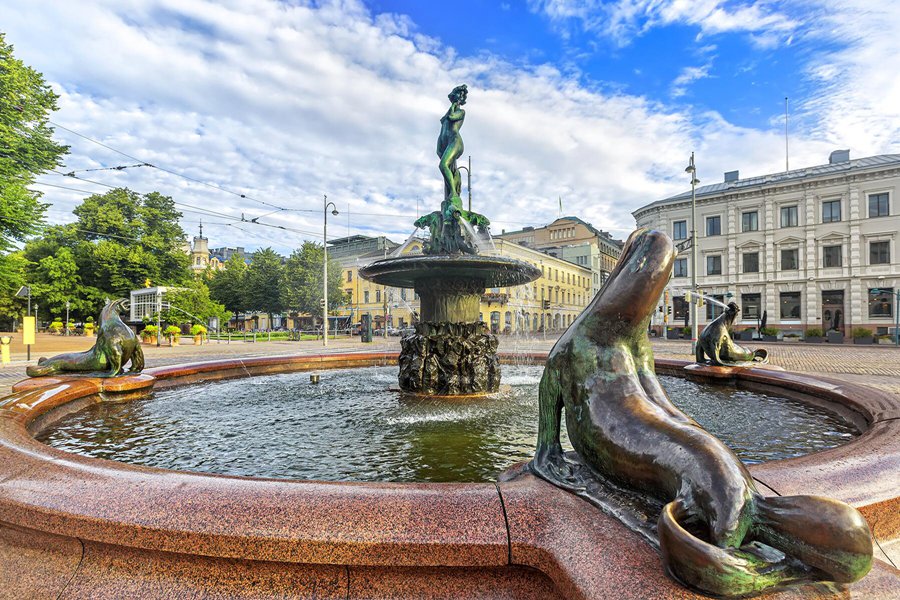
Genetically Modified Mermaid
In a new square next to the “Dahlerups Pakhus”, one of the old warehouses in the port of Copenhagen, Danish professor Bjørn Nørgaard created a sculpture group called “GMO Paradise”. One of them is this genetically modified mermaid.
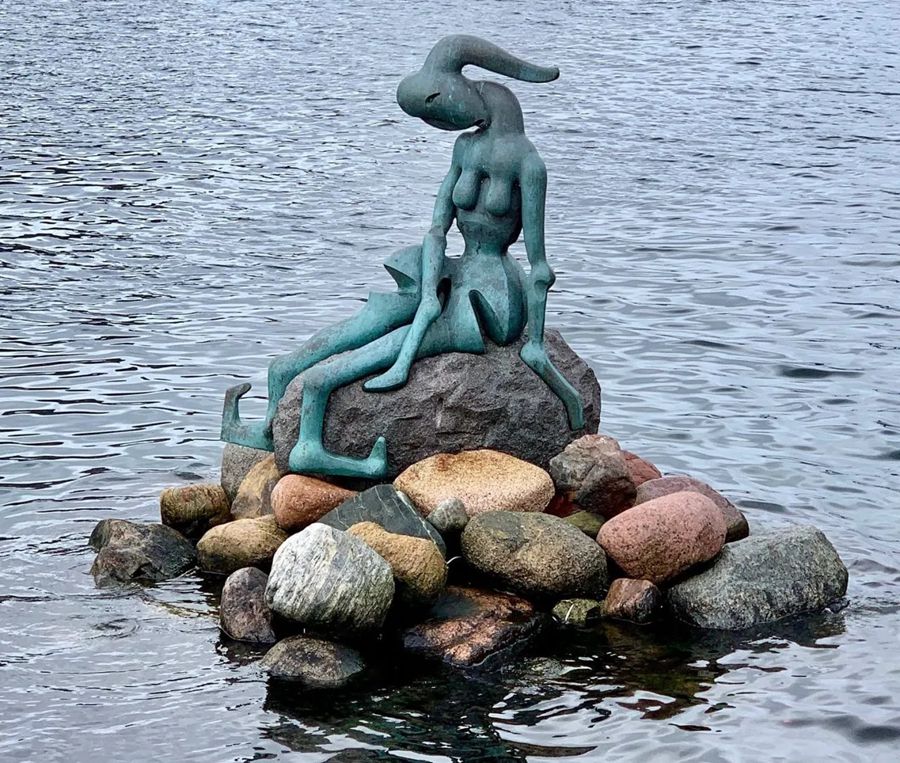
Different from the traditional image of mermaid, this is a geometric mermaid. The mermaid is cut into pieces and put back together again, amputated, unredeemed, and damaged, causing contemplation for all who see it.
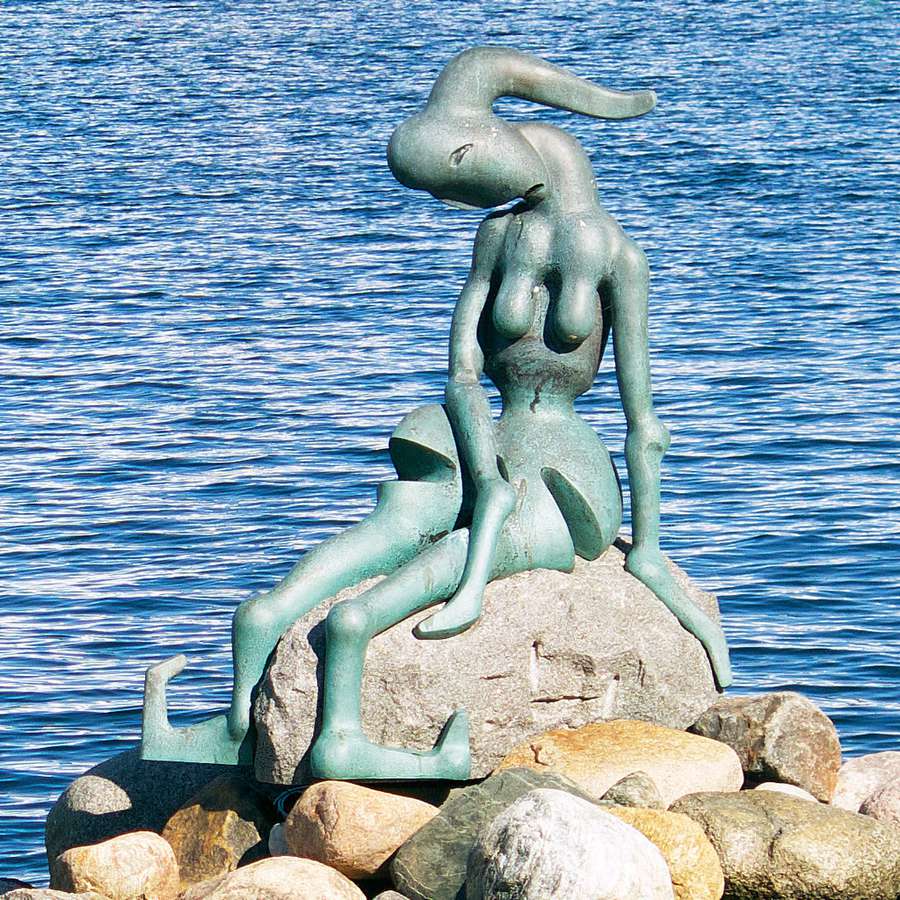
Mermaid Statue in Odense
If you are a fan of Hans Christian Andersen, you will definitely be interested in this mermaid statue. There are 16 sculptures scattered throughout Odense’s parks and streets. This mermaid sculpture sits on a pedestal approximately 4 meters (13 feet) high, giving the impression that we are seeing her from the depths of the ocean as she swims above us.
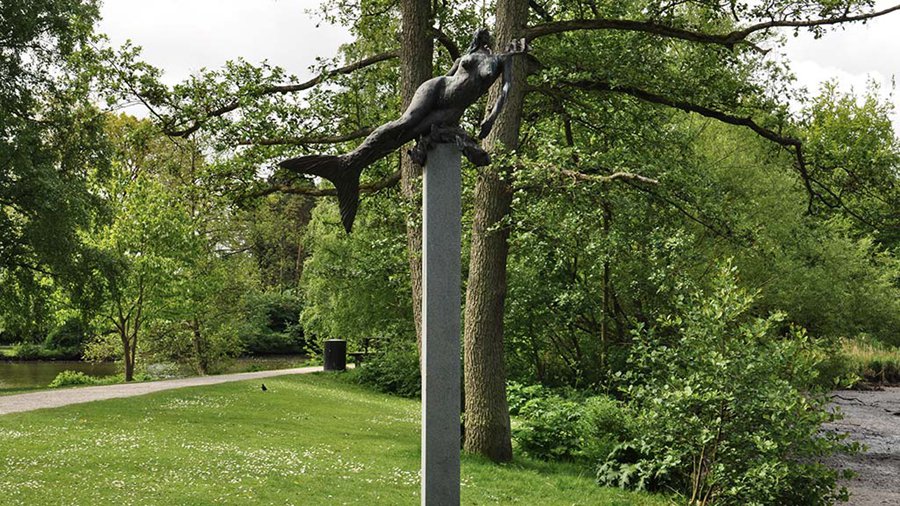
Fountain of Neptune
The Fountain of Neptune was built between 1564 and 1566. It is nearly four meters high and weighs 2,200 kilograms. At that time Pope Pius IV decided to give Bolognesi something they did not already have: a public fountain. The monument is the result of a collaboration between architect Tommaso Laureti and Flemish sculptor Jean de Boulogne.
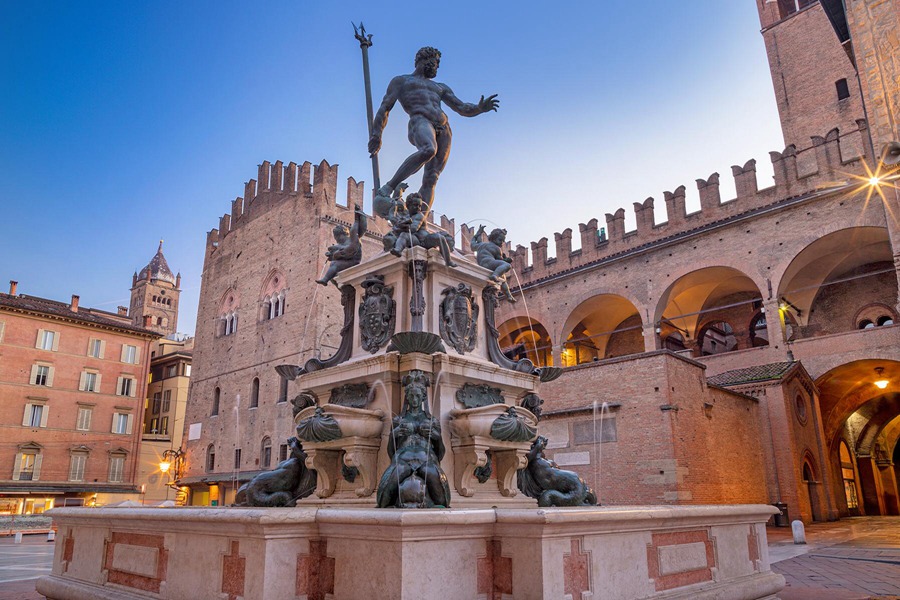
Giambologna drew inspiration from ancient Greco-Roman statues. He designed Neptune to have a strong body, but painted an old face. Neptune’s outstretched arms blocked the wind, as if he wanted to weaken the power of the sea. At the feet of the God are four cherubs representing the world, representing the Ganges, Nile, Amazon and Danube, the rivers of the four continents known at that time.
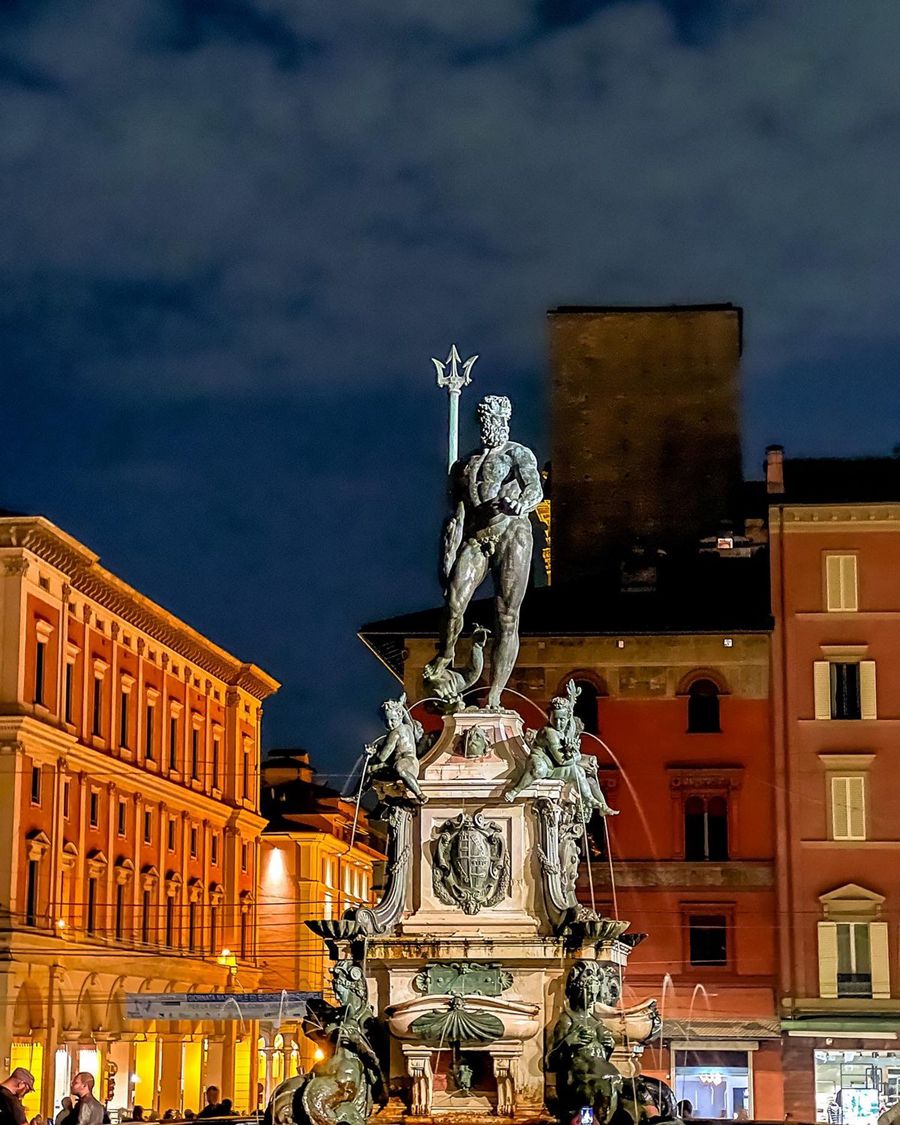
The Užupis Mermaid
Uzupis Mermaid, created by sculptor Romas Vilčiauskas in 2002, is located in an alcove under a bridge over the Vilnia River. Uzupis means “the place beyond the river.” The river referred to is the Vilnia.
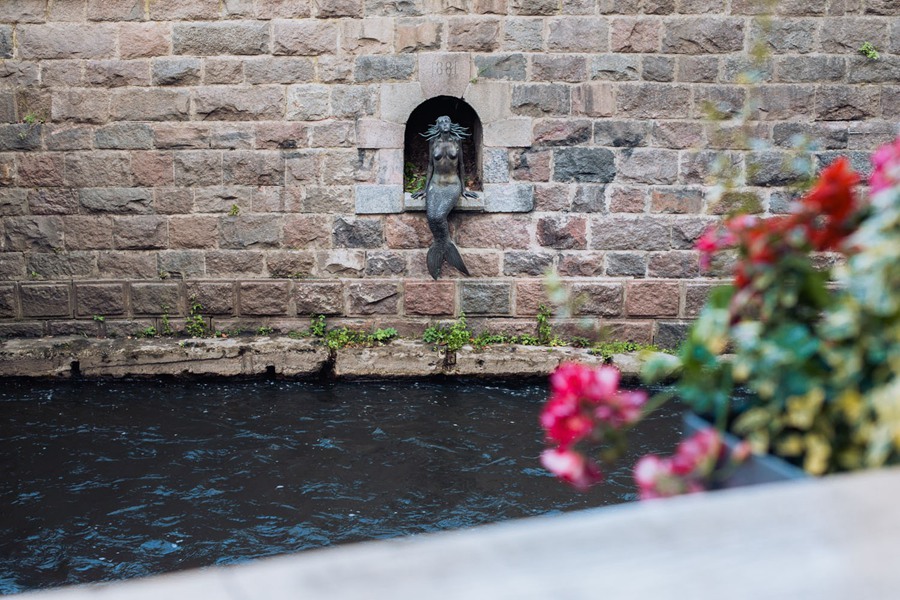
The mermaid sits in this special alcove in the stone wall on the edge of the Vilnia River. Local legend says that if you gaze into the eyes of the Euzupis Mermaid as you cross the bridge into Euzupis, you will never want to leave.
